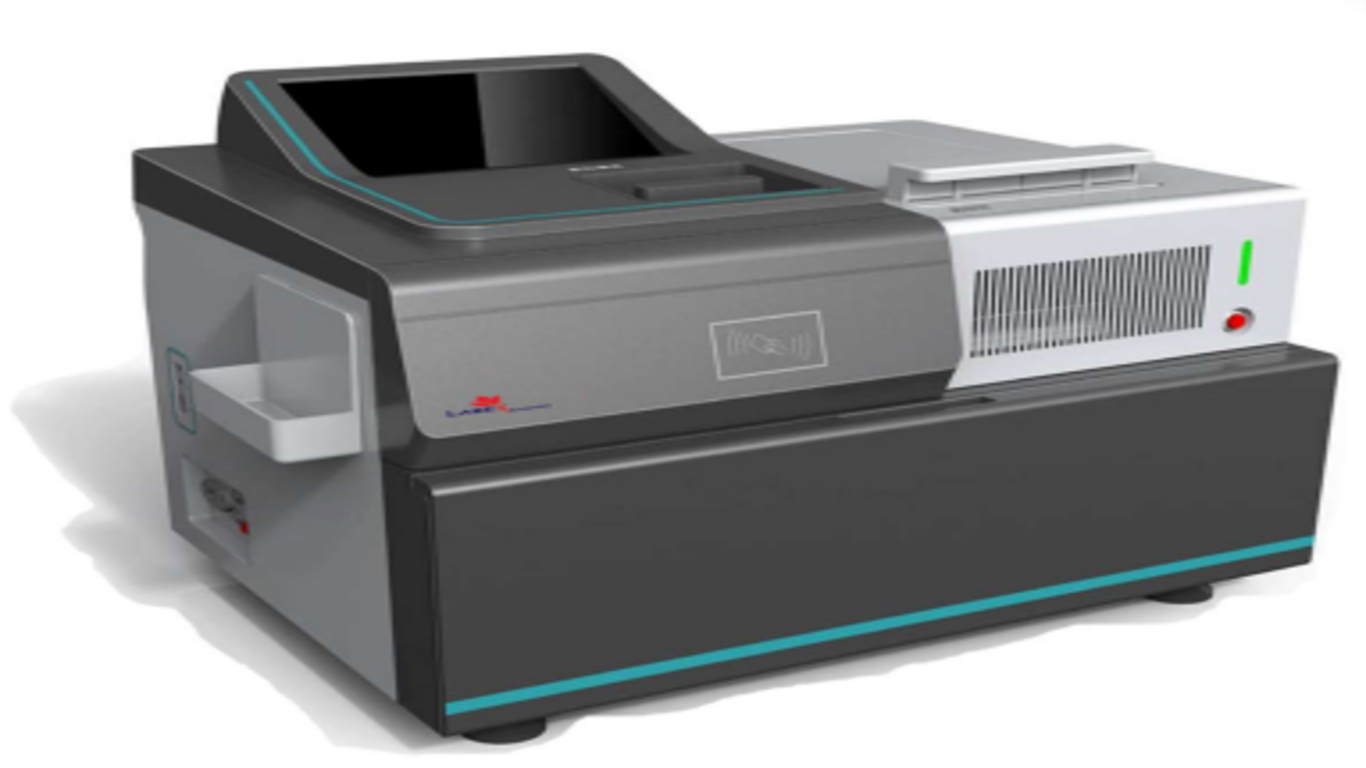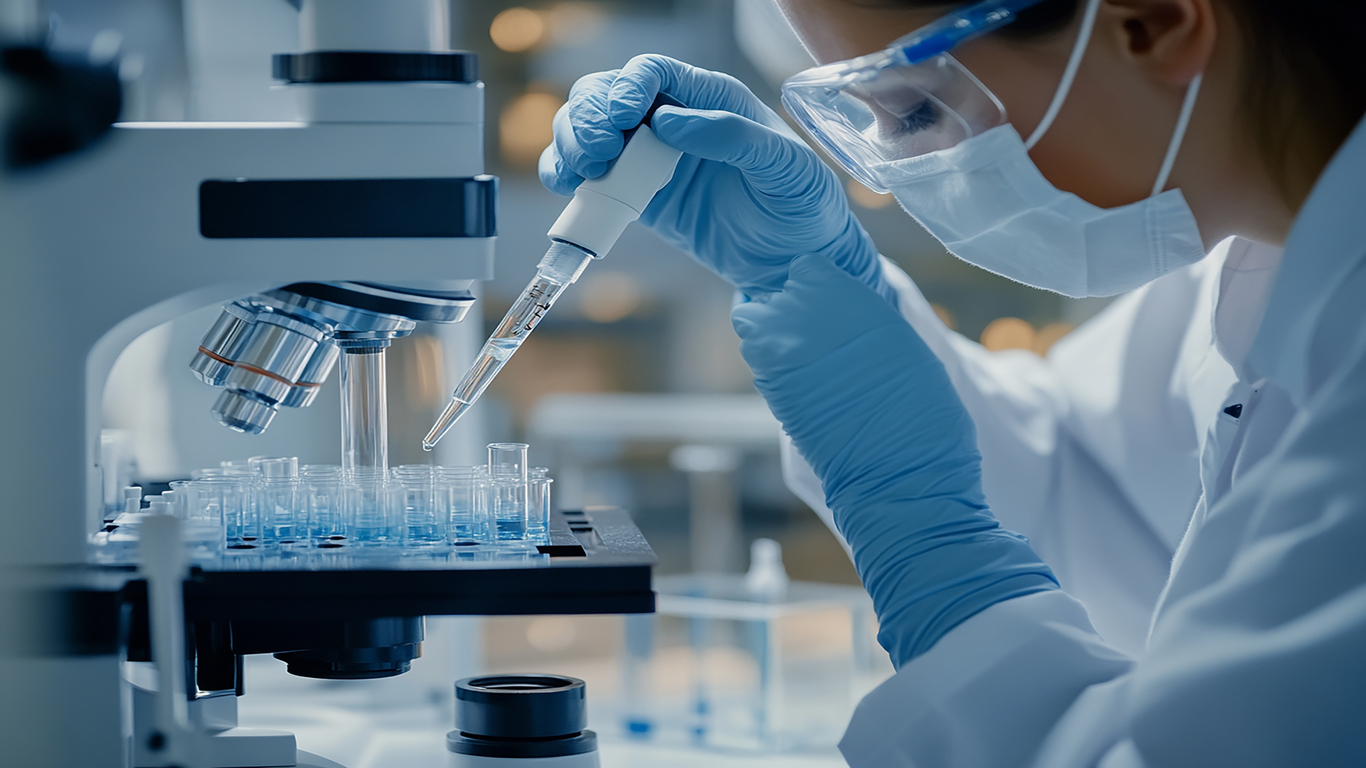How Automated FISH Hybridizers Improve Lab Efficiency

Fluorescence in situ hybridization (FISH) is a widely used technique in molecular biology and genetics, enabling the visualization and identification of specific DNA sequences on chromosomes. This method is crucial in various fields such as cancer diagnostics, genetic research, and prenatal testing. However, traditional FISH procedures can be labor-intensive, time-consuming, and susceptible to human error. The advent of automated systems, such as the Automated FISH Hybridizer, is transforming the landscape of laboratory work, significantly improving efficiency, consistency, and throughput. In this article, Labex explores the benefits of automated FISH hybridizers, how they work, and why they are becoming indispensable in modern labs.
What is an Automated FISH Hybridizer?
An Automatic FISH Hybridizer is an instrument designed to streamline the FISH process by automating the key steps involved in hybridization, such as denaturation, hybridization, and washing of the samples. These instruments can handle multiple samples simultaneously and provide precise temperature control, timing, and washing protocols, which are critical for achieving high-quality and reproducible results.

The automation of the FISH hybridization process reduces the need for manual intervention, minimizes the potential for errors, and allows laboratory personnel to focus on other high-value tasks. With features like programmable protocols and temperature cycling, Automated FISH Hybridizers ensure consistency across different batches of samples, making them ideal for both research and diagnostic laboratories.
Benefits of Using Automated FISH Hybridizers
- Enhanced Efficiency and Time Savings
- Manual FISH procedures can take several hours or even days, especially when dealing with a high volume of samples. The Automated FISH Hybridizers significantly reduce the hands-on time required for sample preparation, allowing lab technicians to process more samples in a shorter period.
- By automating steps such as temperature cycling and washing, these instruments free up time for lab personnel to engage in other critical tasks, enhancing overall productivity. Automation helps reduce the turnaround time for test results, which is particularly beneficial in clinical settings where timely diagnostics can impact patient care.
- Improved Accuracy and Reproducibility
- Consistency is key in diagnostic testing and research. Manual handling introduces variability due to slight differences in technique or timing. Automated FISH hybridizers standardize the process, ensuring each sample undergoes identical conditions.
- With programmable protocols, laboratories can store and replicate optimal conditions for different types of samples, reducing the variability that may arise from manual errors. This ensures high reproducibility of results across multiple tests and different technicians.
- Minimization of Human Error
- Human error is a common challenge in manual FISH procedures, where precise timing and temperature control are critical. Even minor deviations from the protocol can lead to suboptimal hybridization and compromise the results.
- Automated FISH Hybridizers eliminate such risks by providing consistent and controlled conditions for every sample. Automated systems also include built-in alarms and error-checking mechanisms to notify users of any deviations from the set protocols, further enhancing reliability.
- Reduced Risk of Contamination
- The more steps a procedure requires, the greater the risk of contamination. Automated FISH hybridizers reduce the number of manual interventions needed, lowering the potential for introducing contaminants.
- Additionally, these instruments often feature closed systems that protect samples from external environmental factors, further reducing the risk of contamination and ensuring the integrity of the samples.
- Cost-Effectiveness Over Time
- While the initial investment in an automated FISH hybridizer may be significant, the cost savings over time can be substantial. Reducing manual labor allows laboratories to allocate resources more efficiently, potentially lowering staffing costs.
- Automation also minimizes reagent wastage by optimizing the amount used for each sample. In the long run, these savings can offset the initial purchase cost and provide a return on investment.
How Automated FISH Hybridizers Work

The working principle of an Automatic FISH Hybridizer involves three main stages:
- Denaturation
- During this stage, double-stranded DNA is heated to a high temperature to separate the strands, making them available for probe binding. Automated hybridizers offer precise temperature control, ensuring uniform denaturation across all samples.
- Hybridization
- Once the DNA is denatured, specific fluorescently labeled probes are introduced to bind complementary sequences on the chromosomes. The hybridizer maintains the temperature at optimal levels to promote the hybridization reaction. This step is crucial as it determines the specificity and sensitivity of the FISH assay.
- Washing
- After hybridization, unbound probes need to be removed to reduce background noise and enhance the signal-to-noise ratio. Automated hybridizers perform a series of washes under controlled conditions, ensuring that only the specifically bound probes remain.
These steps are programmable, allowing the user to customize protocols for different applications. Automated FISH hybridizers also feature temperature cycling capabilities, which are essential for certain hybridization techniques.
Applications of Automatic FISH Hybridizers in Various Fields
- Clinical Diagnostics
- In clinical settings, FISH is widely used for cancer diagnostics, detecting genetic abnormalities, and prenatal testing. Automatic FISH Hybridizers streamline the workflow, allowing for quicker diagnosis and personalized treatment planning.
- The ability to automate repetitive tasks also helps reduce laboratory fatigue and ensures consistent results across multiple samples, which is crucial when dealing with life-impacting diagnoses.
- Genetic Research
- Research laboratories benefit from the high throughput offered by automated FISH hybridizers. Genetic mapping, gene expression studies, and chromosomal analysis can all be performed with increased accuracy and reduced hands-on time.
- Automated systems enable researchers to scale up their studies, as multiple samples can be processed in parallel with minimal manual intervention.
- Pharmaceutical Industry
- Drug development and cytogenetic studies often rely on FISH to analyze the effects of new treatments on cellular DNA. The automation of hybridization processes in the pharmaceutical industry accelerates drug discovery and development, ensuring more efficient screening of compounds.
- Environmental and Microbial Analysis
- FISH techniques are used in microbiology and environmental studies to detect and identify specific microbial species in a sample. Automated hybridizers make it easier to process large numbers of samples, improving the efficiency of microbial detection and analysis in various environments.
Factors to Consider When Choosing an Automatic FISH Hybridizer

When selecting an Automatic FISH Hybridizer, laboratories should consider the following factors:
- Capacity
- Depending on the lab’s workload, choosing an instrument that can handle the desired number of samples simultaneously is important. Some models are designed for high throughput, while others are more suited for smaller labs with moderate sample volumes.
- Programmability
- The ability to customize protocols is essential for labs that handle diverse sample types and research needs. A hybridizer with a user-friendly interface and programmable features can accommodate a variety of applications.
- Temperature Control
- Precise and consistent temperature control is critical for the success of FISH assays. The instrument should provide reliable temperature cycling capabilities to ensure uniform denaturation and hybridization.
- Compatibility with Reagents and Probes
- The hybridizer should be compatible with the reagents and fluorescent probes commonly used in the lab. Ensuring that the equipment works seamlessly with existing supplies can avoid disruptions and additional costs.
- Cost and Maintenance
- While automated hybridizers can be costly, considering the long-term benefits of automation is important. Additionally, maintenance requirements should be taken into account, as some models may need regular servicing to ensure optimal performance.
The Future of Automated FISH Hybridization
The demand for faster and more accurate diagnostic tools continues to grow, driving the development of more advanced Automatic FISH Hybridizers. Innovations in automation technology, integration with artificial intelligence, and enhanced software capabilities are likely to further improve the efficiency and accuracy of FISH assays.
Moreover, as personalized medicine becomes more prevalent, the role of automated FISH hybridization in providing rapid genetic insights will expand, making these instruments a cornerstone of modern laboratory diagnostics and research.
Conclusion
The Automatic FISH Hybridizer has revolutionized the field of molecular diagnostics and genetic research by improving lab efficiency, ensuring reproducibility, and reducing the risks associated with manual errors. Automated hybridizers are a valuable investment for laboratories looking to optimize their workflow, reduce costs over time, and stay ahead in a competitive scientific landscape. As technology advances, these instruments will continue to play a critical role in enhancing the precision and efficiency of genetic and diagnostic testing.
By implementing automated FISH hybridization, laboratories can better meet the increasing demand for rapid and reliable results, ultimately improving patient outcomes and advancing scientific research.
